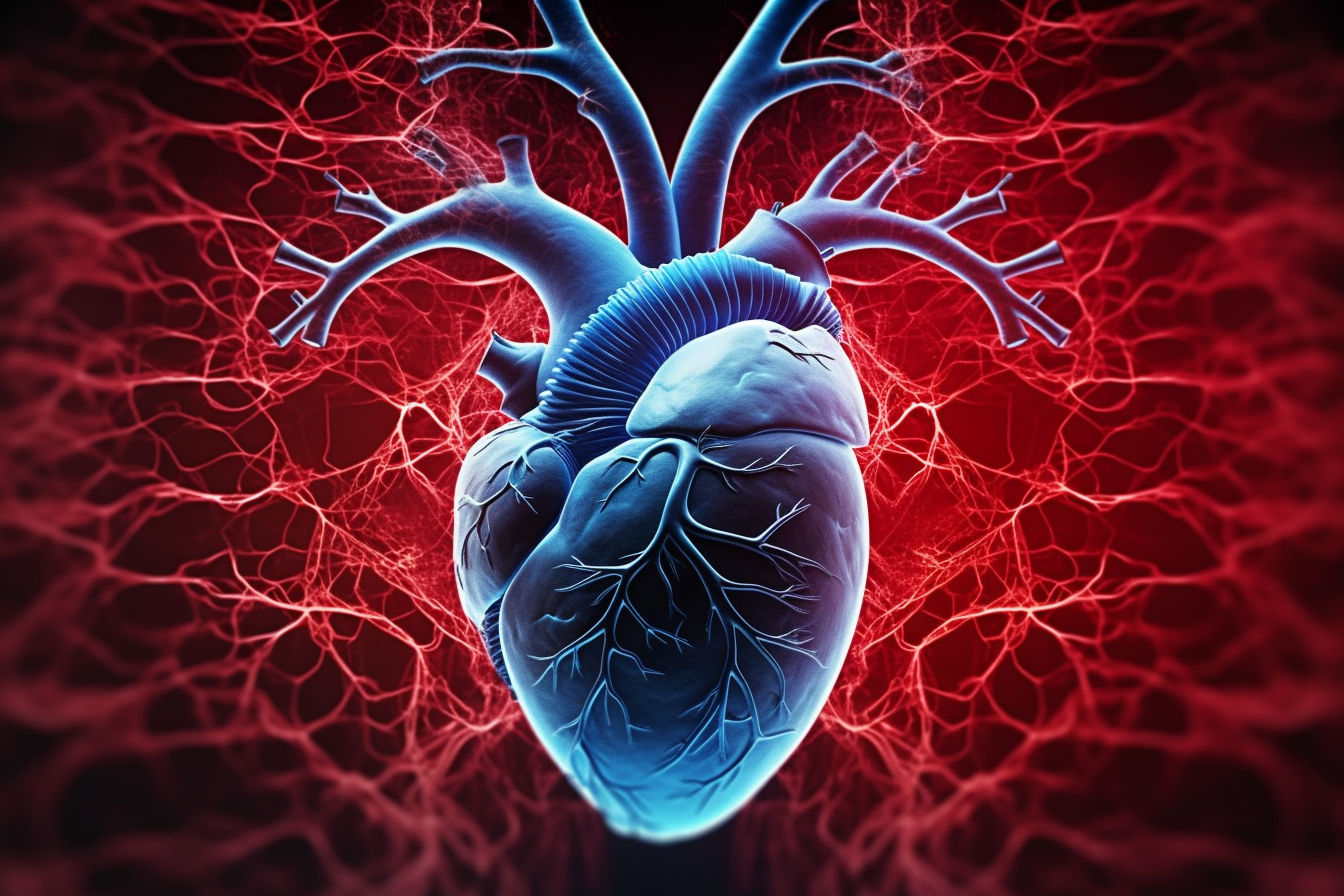Understanding Leg Pain Treatment: Causes and Solutions
Leg pain can significantly impact daily life, affecting mobility and overall well-being. This discomfort may stem from various sources, including issues with blood vessels, the circulatory system, or arteries. Understanding the underlying causes and available treatment options is crucial for effectively managing leg pain and improving quality of life.

How does the circulatory system contribute to leg pain?
The circulatory system plays a vital role in leg health and function. Blood vessels, including arteries and veins, transport oxygen and nutrients to leg muscles and tissues while removing waste products. When this system is compromised, it can lead to various types of leg pain. For example, deep vein thrombosis (DVT) occurs when blood clots form in deep veins, often in the legs, causing swelling, pain, and potential complications if left untreated.
What diagnostic methods are used to identify leg pain causes?
Accurate diagnosis is crucial for effective leg pain treatment. Healthcare providers may employ several diagnostic tools and techniques to identify the root cause of leg pain. These may include physical examinations, medical history reviews, and various imaging studies. Ultrasound can be particularly useful for evaluating blood flow in the legs and detecting issues with blood vessels or the circulatory system. In some cases, angiography may be necessary to get a detailed view of the arteries and identify any blockages or abnormalities.
What are non-invasive treatment options for leg pain?
Many cases of leg pain can be managed effectively with non-invasive treatments. Rest, ice, compression, and elevation (RICE) is a common first-line approach for minor injuries or pain. Physical therapy can help strengthen muscles, improve flexibility, and enhance circulation in the legs. For pain related to circulatory issues, lifestyle modifications such as regular exercise, smoking cessation, and a healthy diet can significantly improve symptoms. Compression stockings may also be recommended to improve blood flow and reduce swelling in the legs.
When might medical interventions be necessary for leg pain?
While many instances of leg pain can be managed with conservative treatments, some cases may require more advanced medical interventions. For severe arterial blockages causing leg pain, procedures such as angioplasty or bypass surgery may be necessary to restore proper blood flow. In cases of DVT, anticoagulant medications may be prescribed to prevent clot formation and reduce the risk of complications. It’s crucial for individuals experiencing persistent or severe leg pain to consult with a healthcare provider to determine the most appropriate course of treatment.
How can lifestyle changes help prevent and manage leg pain?
Adopting a healthy lifestyle can play a significant role in preventing and managing leg pain, particularly when it’s related to circulatory issues. Regular exercise, such as walking or swimming, can improve circulation and strengthen leg muscles. Maintaining a healthy weight reduces stress on the legs and improves overall cardiovascular health. A balanced diet rich in fruits, vegetables, and whole grains can support vascular health and reduce the risk of conditions that contribute to leg pain. Additionally, avoiding prolonged periods of sitting or standing and taking regular breaks to move and stretch can help promote healthy circulation in the legs.
Leg pain can arise from various causes, ranging from minor injuries to serious circulatory issues. Understanding the potential sources of leg pain and available treatment options is essential for effective management. By addressing underlying causes, implementing appropriate treatments, and making lifestyle modifications, many individuals can find relief from leg pain and improve their overall quality of life. However, persistent or severe leg pain should always be evaluated by a healthcare professional to ensure proper diagnosis and treatment.
This article is for informational purposes only and should not be considered medical advice. Please consult a qualified healthcare professional for personalized guidance and treatment.






